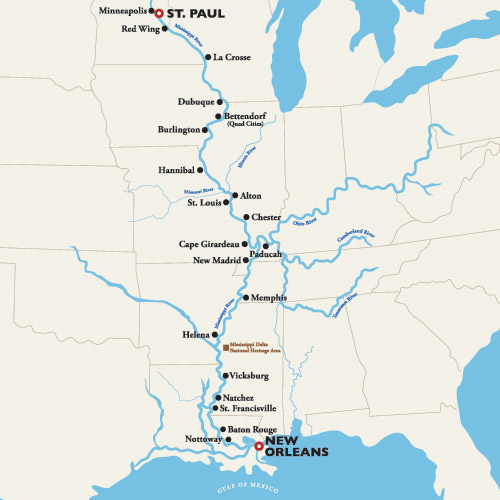Catching Monster Catfish Near the Mississippi River While there are many folks who feel the largemouth bass is the premier sports fish because of its high-jumping and hard-hitting abilities, the locals in the Louisiana area know that the catfish is king when it comes to bending those fishing poles. Many Louisiana charter boat fishing captains will tell you that huge catfish are being reeled in on a daily basis in a number of key spots along the Mississippi River. If you’re looking for a challenge, and you want to haul in a record-size catfish, the following tips will help you land a monster of your own. Here are a few tips for catching a monster catfish near the mouth of the Mississippi River. Using the Right Type Catfish Bait When you use the wrong bait, you not only catch the smaller catfish, you wind up attracting other species who will take the bait right off the hook before the giant catfish have a chance to show up. If you are looking to haul in a catfish over 10 pounds, you’ll need to be using the best catfish bait you can get. Goldfish and minnows can be purchased at any number of local bait shops that dot the Mississippi coastline. To catch a monster, you want to consider using suckers, herring, or shad, due to their oily nature. To catch the really big fish, go with sunfish, goldeyes, or carp. While most catfish prefer the fish to be live, if they’re hungry enough, they’ll eat just about anything. Good rule of thumb, the smaller the catfish, the less particular they are about their diet. Leaving the Hook Points Exposed A popular complaint among avid catfish hunters is that they get frustrated when the catfish that bite don’t take the hook, however, there is a very simple solution. Start fishing with the barb of the hook exposed instead of it being hidden for the best success. There is no truth to the stories of catfish avoiding the line if they see the hook. These fish are not smart enough to even know what a hook is, especially when they are hungry. When you hide the hook the barbed end must first penetrate through your bait before the catfish, giving them time to steal your bait and escape. Simply thread your hook through your bait choice three times and leave the point exposed, you may lose a hook or two, but the monster catfish you catch will make it all worthwhile. Fishing for Catfish Year-Round There is a belief in this region that the big catfish only bite in the summer. Perhaps this may have been started by local fishermen hoping to keep others from hitting the area other times of year, regardless, it is not true. Although summer is a productive time to go catfishing, you could do just as well if not better by fishing in winter, spring, and fall as well. Some catfish in the Mississippi River…
